How to get rid of phorid flies? Phorid flies, also known as humpbacked flies, are a common nuisance in households and commercial spaces, particularly during warmer months. These tiny insects are often found near decaying organic materials and can quickly become a significant problem if not addressed promptly. In this guide, we will explore how to get rid of phorid flies effectively, both naturally and through other methods, while ensuring that your home remains fly-free.
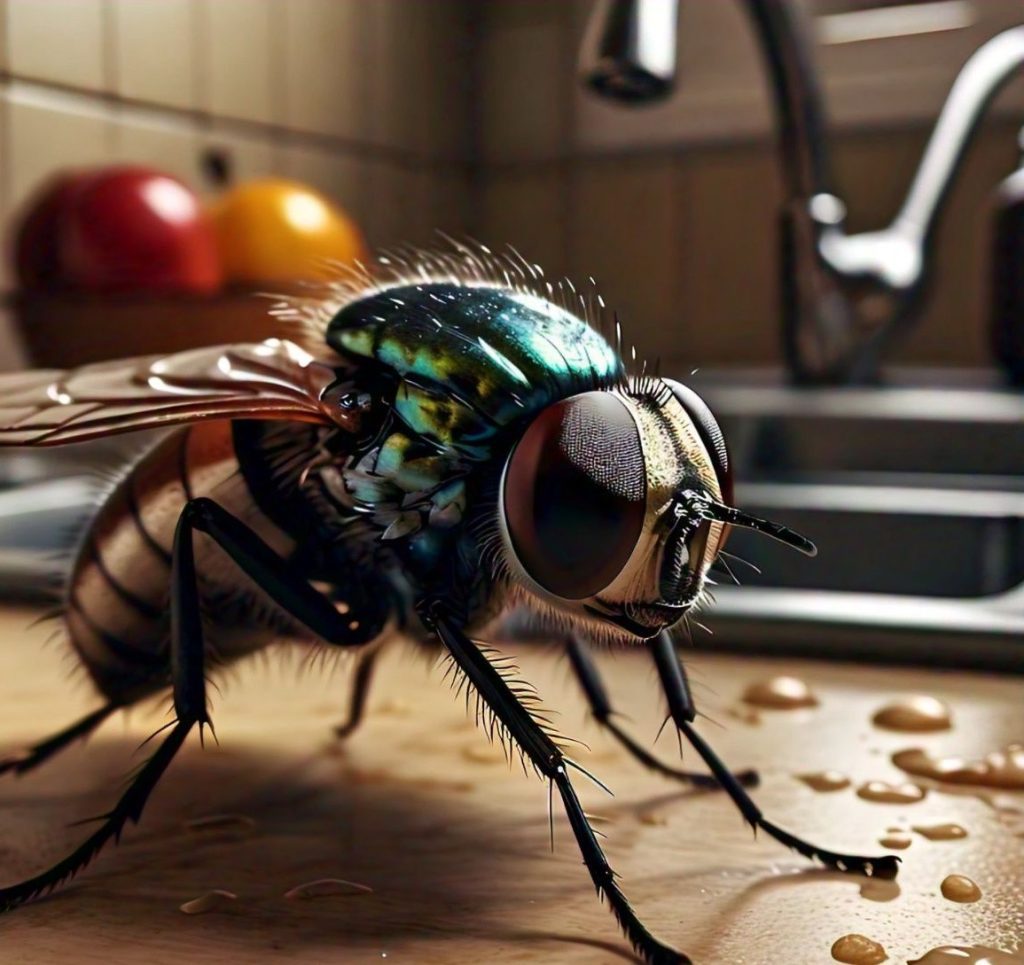
Understanding Phorid Flies
Before diving into How to get rid of phorid flies it’s essential to understand what attracts them and their life cycle. Phorid flies are small, dark-colored flies with a characteristic humpbacked appearance. They are often mistaken for fruit flies, but phorid flies are more likely to be found near decaying organic matter, such as dead animals, compost piles, and drains.
Phorid flies are attracted to decaying matter and organic materials, which they use as breeding sites. Their life cycle is relatively short, with eggs hatching within 24 hours and larvae developing into adult flies in about two weeks. This rapid life cycle can lead to a fly infestation if not properly managed.
Identifying a Phorid Fly Infestation
Identifying a phorid fly infestation is crucial for effective pest control. Common signs of an infestation include the presence of adult flies near decaying organic materials, drains, and other moist areas. You may also notice tiny phorid flies around windows, lights, and other sources of moisture.
Phorid flies are known to infest various areas in a home, including bathrooms, kitchens, crawl spaces, and even bedrooms. How to get rid of phorid flies a lot of phorid flies in your bedroom may indicate a more significant issue, such as a hidden source of decaying matter. It’s essential to identify and eliminate the breeding areas to get rid of phorid flies effectively.
How to Get Rid of Phorid Flies Naturally
One of the most effective ways to get rid of phorid flies naturally is by removing their breeding sites. Here are some natural methods to consider. How to get rid of phorid flies?
- Clean and Sanitize: Regularly clean and sanitize areas where phorid flies are likely to breed, such as drains, garbage disposals, and compost bins. Use a mixture of vinegar and baking soda to clean drains and prevent organic matter from accumulating.
- Eliminate Decaying Organic Matter: Remove any decaying organic materials from your home, including dead animals, rotting fruits, and vegetables. Phorid flies are attracted to these materials, and removing them will help eliminate their breeding sites.
- Use Biological Drain Cleaners: Biological drain cleaners are an excellent option for keeping your drains clean and free of organic matter. These cleaners use natural enzymes to break down organic materials, preventing phorid flies from breeding. How to get rid of phorid flies?
- Fly Traps: Homemade fly traps can effectively reduce the number of phorid flies in your home. A simple trap can be made using a jar filled with apple cider vinegar and a few drops of dish soap. The flies will be attracted to the vinegar and get trapped in the liquid.
- Remove Breeding Grounds: The first step in getting rid of phorid flies is to eliminate their breeding grounds. Clean out drains, garbage disposals, and any areas with decaying organic matter. Dispose of overripe fruits, vegetables, and any other potential food sources.
- Use Vinegar Traps: Vinegar is a natural attractant for phorid flies. Fill a small bowl with apple cider vinegar and cover it with plastic wrap. Poke small holes in the plastic wrap, allowing the flies to enter but not escape. The flies will be drawn to the vinegar and will drown in the liquid.
How to Get Rid of Phorid Flies in Plants
Phorid flies can also infest houseplants, particularly those with decaying organic matter in the soil. Here’s How to get rid of phorid flies ?
- Remove Decaying Matter: Inspect the soil for any decaying organic matter, such as dead leaves or roots. Remove these materials to prevent phorid flies from breeding in the soil.
- Repotting: If the infestation is severe, consider repotting the plant with fresh soil. Make sure to clean the pot thoroughly before adding new soil. How to get rid of phorid flies?
- Use Insecticidal Soap: Insecticidal soap can be used to treat the soil and the plant’s leaves, effectively killing any phorid fly larvae or adults present.
- Improve Drainage: Ensure that the plant’s pot has proper drainage to prevent water from accumulating in the soil, which can attract phorid flies.
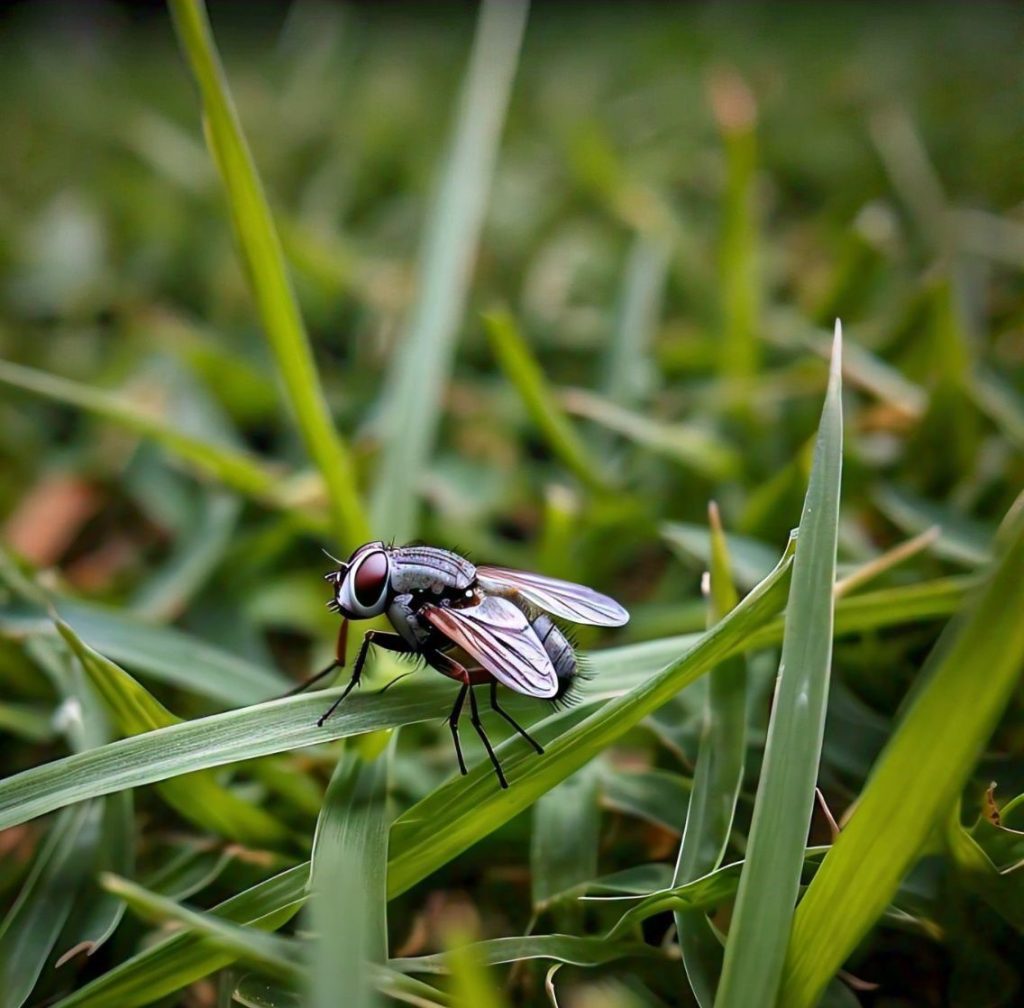
How to Get Rid of Phorid Fly Infestation Fast
When dealing with a severe phorid fly infestation, quick action is necessary. How to get rid of phorid flies?
- Identify and Eliminate Breeding Sites: Quickly identify and eliminate all potential breeding sites, such as drains, garbage disposals, and compost bins. Removing these sites will stop the flies from reproducing.
- Use Chemical Treatments: While natural methods are effective, sometimes chemical treatments may be necessary for severe infestations. Use insecticides specifically designed for fly control, ensuring they are safe for indoor use.
- Fly Fumigation: In cases of extreme infestation, fumigation may be required. Fly fumigation involves using chemical agents to eliminate adult flies and larvae. It’s important to follow the manufacturer’s instructions carefully and ensure proper ventilation during the process.
- Consult a Pest Control Professional: If the infestation persists despite your efforts, it may be time to consult a pest control professional. They can assess the situation and recommend more advanced treatment options.
How to Get Rid of Phorid Humpbacked Fly
The phorid humpbacked fly is a specific type of phorid fly known for its distinctive humped back. Getting rid of the phorid humpbacked fly involves the same steps as other phorid flies, with a focus on eliminating breeding sites and using appropriate fly control methods. How to get rid of phorid flies?
- Remove Decaying Organic Matter: As with other phorid flies, removing decaying organic matter is crucial. This includes cleaning drains, removing compost, and disposing of any dead animals.
- Use Fly Traps: Fly traps can be particularly effective for catching and reducing the number of phorid humpbacked flies. Consider using both homemade and commercial traps.
- Chemical Treatments: If natural methods are not sufficient, consider using chemical treatments specifically designed for fly control. Ensure that the treatments are safe for indoor use and follow all safety guidelines.
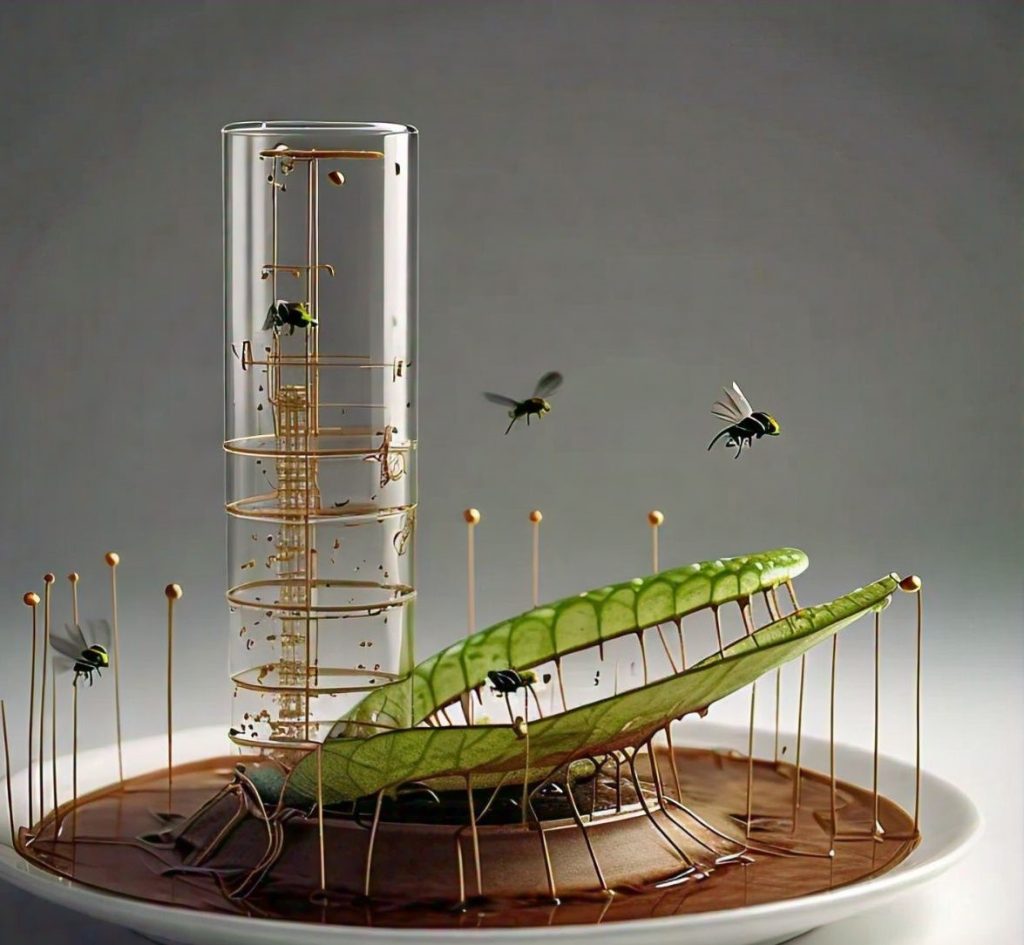
Preventing Future Infestations
Preventing future phorid fly infestations is essential to maintaining a fly-free home. Here are some tips for preventing future infestations. How to get rid of phorid flies?
- Regular Cleaning: Regularly clean and sanitize areas where phorid flies are likely to breed, such as drains, garbage disposals, and compost bins. This will help prevent organic matter from accumulating and attracting flies.
- Proper Waste Disposal: Ensure that all organic waste is properly disposed of and covered. This includes sealing garbage bags tightly and keeping compost bins covered.
- Maintain Proper Drainage: Ensure that all drains are functioning correctly and free of blockages. This will prevent water from accumulating and attracting phorid flies.
- Regular Inspection: Regularly inspect your home for signs of phorid flies, particularly during warmer months. Early detection can help prevent a small problem from becoming a significant infestation.
- Fix Leaks: Address any plumbing issues that cause moisture buildup, such as leaky pipes or poor drainage. Dry environments are less attractive to phorid flies.
- Proper Plant Care: Avoid overwatering plants and ensure that pots have adequate drainage. Regularly remove dead leaves and other plant debris to prevent phorid flies from breeding.
- Seal Entry Points: Inspect your home for any cracks or openings where phorid flies could enter. Seal these entry points to prevent them from getting inside.
Are Phorid Flies Dangerous? How to get rid of phorid flies?
While phorid flies are primarily a nuisance, they can pose some health risks. Phorid flies can spread bacteria and other pathogens as they move from one surface to another, particularly if they come into contact with food or food preparation areas. This can lead to food contamination and potential illness.
Phorid flies are not known to bite humans, but their presence in large numbers can be unsettling and unsanitary. It’s essential to take steps to eliminate them as soon as they are detected.
Conclusion
Phorid flies can be a challenging pest to deal with, but with the right approach, you can effectively eliminate them from your home. Whether you choose natural methods, chemical treatments, or a combination of both, the key is to act quickly and thoroughly. By removing breeding sites, using appropriate fly control methods, and taking preventive measures, you can keep your home phorid fly-free.
Remember, the best way to get rid of phorid flies is to prevent them from becoming a problem in the first place. Regular cleaning, proper waste disposal, and regular inspections are all crucial in maintaining a fly-free environment. If you’re struggling with a severe infestation, don’t hesitate to consult a pest control professional for expert advice and assistance.
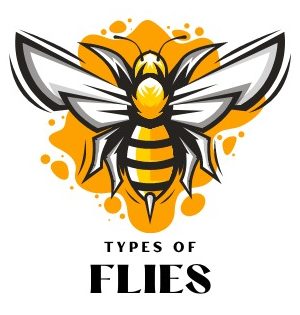
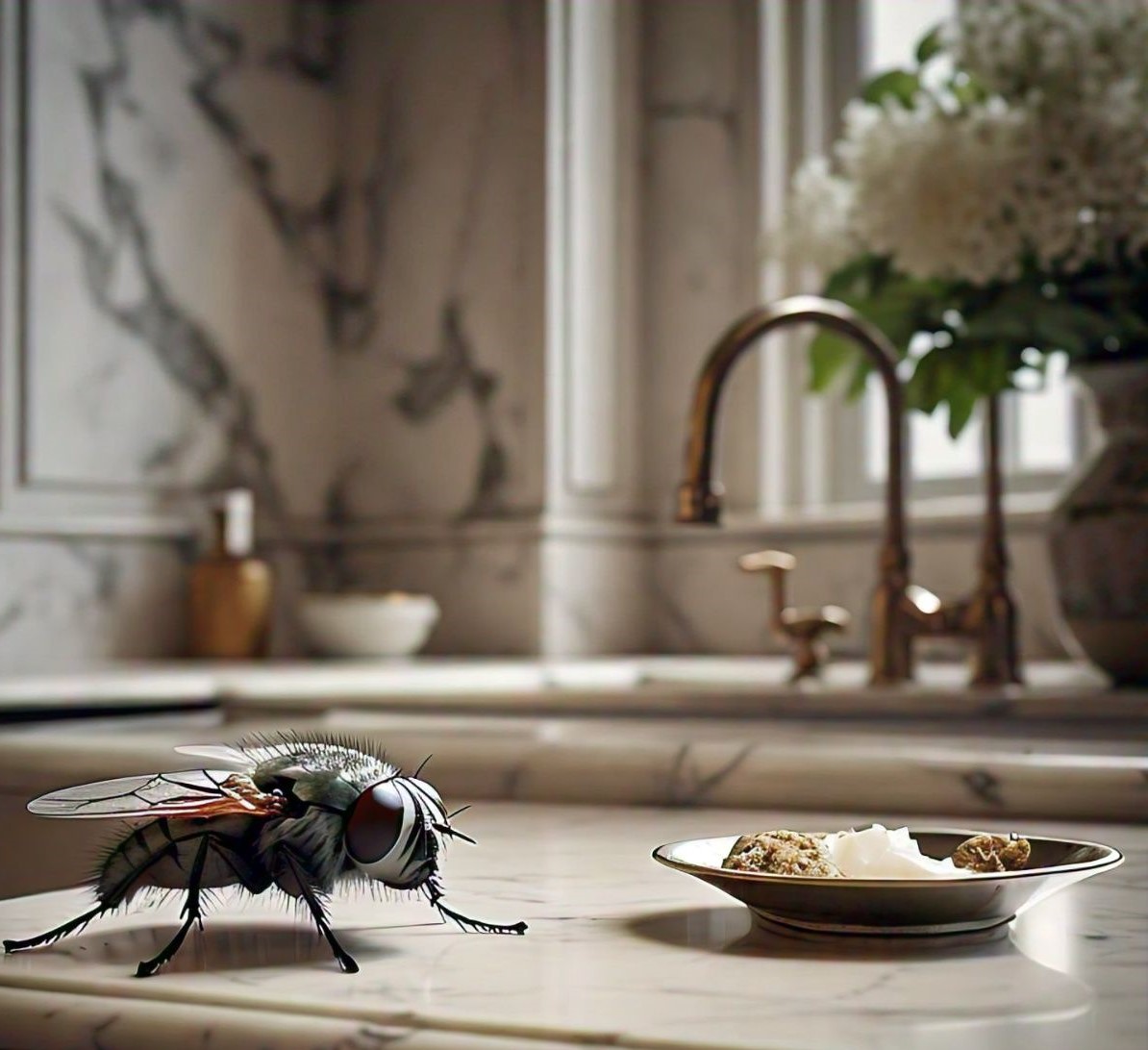
Thank you for your information ℹ️
Nice good job
Nice